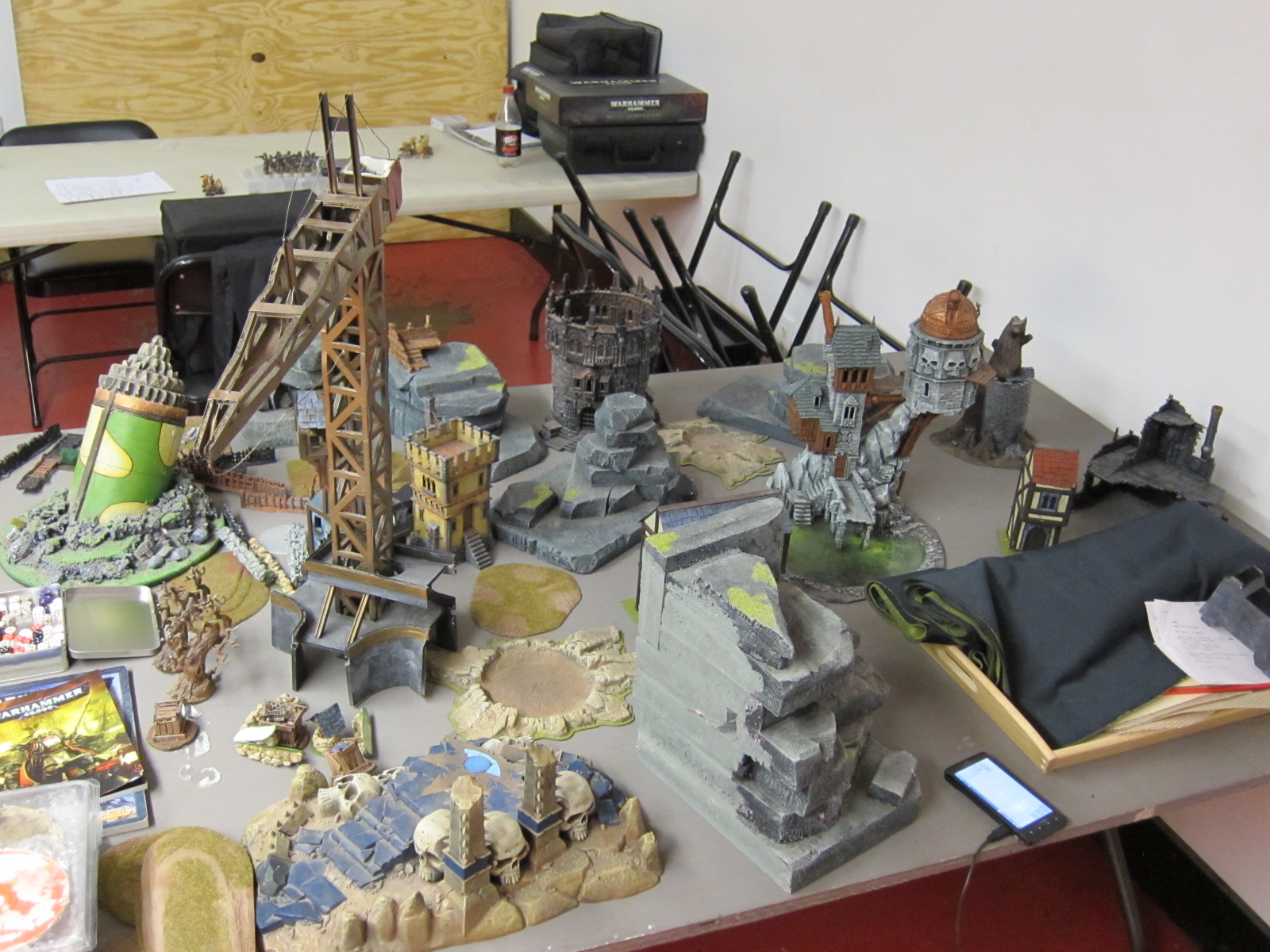Strategy
Strategy is often a broad term, so I'm going to narrow this down to my purpose and the context in which this post (and indeed this blog) will use it. Strategy is the overlying principle or principles which a player will use to design their army and set their goals. In essence, strategy is isolating what factors you are going to control in order to win battles, whether it is by having a rock solid defensive line which you will use to deny secondary objectives and control the board, and therefore at least some primary objectives or if it is by fielding a mobile, versatile force that will rely on denying the enemy access to the tools and opportunities they rely on for victory. Strategy is primarily the building of your list and the deployment of your army based on the set objectives of each battle.
The Practical Application: Strategy is about sitting down and deciding what it is you want your army to actually do. It is about thinking beyond "well, a battle tank is awesome so I'll take three!" and starting to look deeper, such as "with three battle tanks I can effectively deny an attacker line of sight and assault lanes to a large section of the field, and lay down a large area of heavy fire support to control my chosen area." It is planning units around more then just the damage they can deal, but around how, where, and when they can deal or prevent that damage and how you can use that to win.
Tactics
Tactics, unlike strategy, do not revolve around a cleverly written list and the over-arching plan to win. Tactics are smaller-scale, and based upon the use and manipulation of individual units to gain immediate advantage in the battle. So, for example, strategy is planning to have your troops near the opposing side to go for Line Breaker at the end, while a tactical decision is moving your predator down the flank to get side armour shots should the enemy advance. This is the part of the game that most people focus on, and while easier to achieve competence with, it is just as difficult to master. Planning your movements and assaults around a coherent strategy is important, just as making sound tactical decisions as you implement that strategy is important. Some basic tactical decisions that should be coming up every game, and actually taking a moment to think them through is what makes the difference between my decisive victory or head-shaking defeat:
- Use of Cover vs Retaining Mobility
- Maintaining Force Coherency (not stretching too thin)
- Comparison of Weights of Fire (ensuring my forces will apply more pressure then theirs)
- Use or Denial of Objectives (don't just focus on one or two,have a plan for all of them!)
- Controlling Assault (using mobility and planning to decide when and where assaults occur)
Long story short, go into every battle with a plan, and then don't lose sight of that plan in favour of a quick strike at an inconsequential target. Find your strategy, and hone your tactical awareness to ensure you don't inadvertently threaten your own plan. Too many warlord get cocky, advance too quickly and get good models killed for vainglorious bloodlust!

